opening hours
Monday closed
Tuesday to Sunday 11 am – 7 pm
Monday 8 December 11 am > 7 pm
Wednesday 24 December 11 am > 4:30 pm
Thursday 25 December closed
Wednesday 31 December 11 am > 4:30 pm
Thursday 1 January 11 am > 7 pm
Monday 5 January 11 am > 7 pm
Tusday 6 January 11 am > 7 pm
- full price € 15 at the box office - € 14 online
- reduced price € 12 at the box office - € 11 online
– for young people aged between 18 and 25 (not yet turned 25);
– for groups of 15 people or more;
– La Galleria Nazionale, Museo Ebraico di Roma ticket holders;
– upon presentation of ID card or badge: Accademia Costume & Moda, Accademia Fotografica, Biblioteche di Roma, Centro Sperimentale di Cinematografia, Enel (for badge holder and accompanying person), FAI Fondo Ambiente Italiano, Feltrinelli, Gruppo FS, IN/ARCH Istituto Nazionale di Architettura, Sapienza Università di Roma, LAZIOcrea, Palazzo delle Esposizioni, Amici di Palazzo Strozzi, Accademia Nazionale di Santa Cecilia, Scuola Internazionale di Comics, Teatro Olimpico, Teatro dell’Opera di Roma, Teatro di Roma, Università degli Studi di Roma Tor Vergata, Youthcard; - open € 18
valid for one year from the date of purchase
- free
– minors under 18 years of age;
– myMAXXI cardholders;
– on your birthday presenting an identity document;
– upon presentation of EU Disability Card holders and or accompanying letter from hosting association/institution for: people with disabilities and accompanying person, people on the autistic spectrum and accompanying person, deaf people, people with cognitive disabilities and complex communication needs and their caregivers, people with serious illnesses and their caregivers, guests of first aid and anti-violence centres and accompanying operators, residents of therapeutic communities and accompanying operators;
– MiC employees;
– journalists who can prove their business activity;
– European Union tour guides and tour guides, licensed (ref. Circular n.20/2016 DG-Museums);
– 1 teacher for every 10 students;
– AMACI members;
– CIMAM International Committee for Museums and Collections of Modern Art members;
– ICOM members;
– from Tuesday to Friday (excluding holidays) European Union students and university researchers in art history and architecture, public fine arts academies (AFAM registered) students and Temple University Rome Campus students;
– IED Istituto Europeo di Design professors, NABA Nuova Accademia di Belle Arti professors, RUFA Rome University of Fine Arts professors;
– upon presentation of ID card or badge: Collezione Peggy Guggenheim a Venezia, Castello di Rivoli Museo d’Arte Contemporanea, Sotheby’s Preferred, MEP – Maison Européenne de la Photographie;
Robert Wilson. Mother
- ticket € 5
limited seating; it is mandatory to arrive at the infopoint 15 minutes before the start time indicated on the ticket; the experience lasts approximately 45 minutes
- Mother + Museum ticket € 17
limited seating; it is mandatory to arrive at the infopoint 15 minutes before the start time indicated on the ticket; the experience lasts approximately 45 minutes
Collection
MAXXI’s Collection of Art and Architecture represents the founding element of the museum and defines its identity. Since October 2015, it has been on display with different arrangements of works.


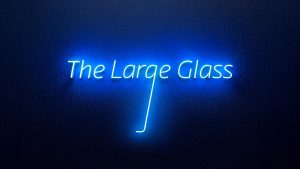
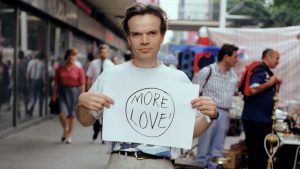
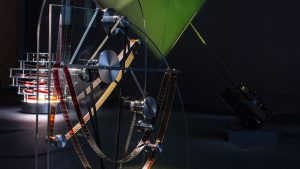

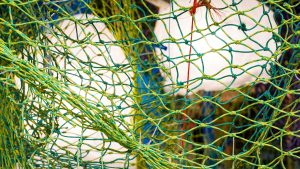
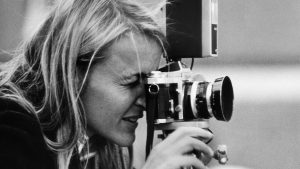

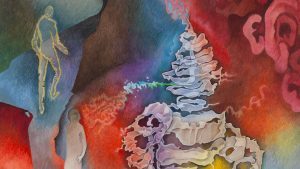
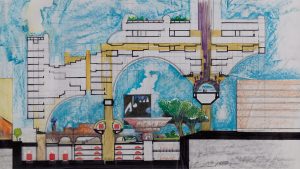
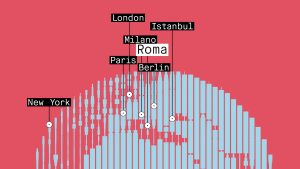

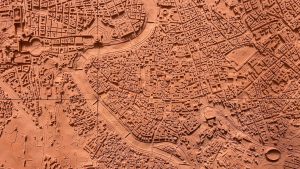

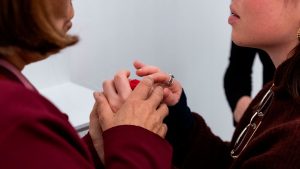
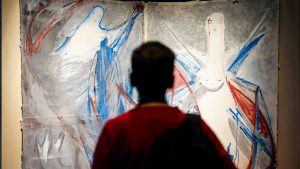
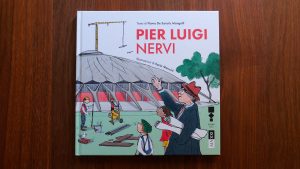
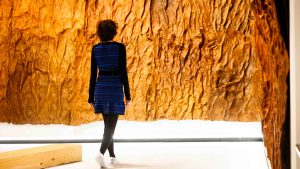
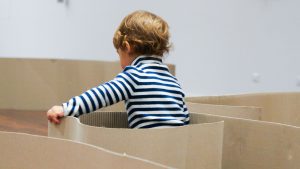
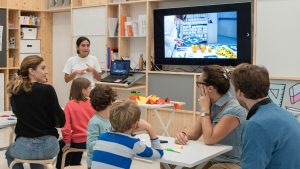
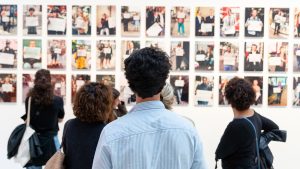
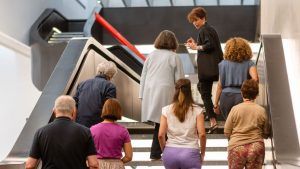
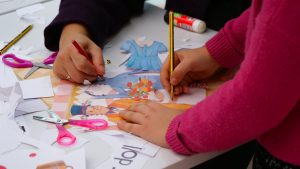


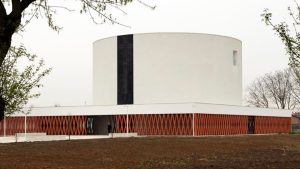

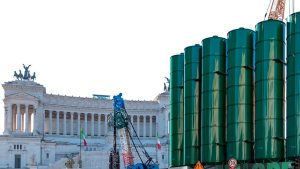

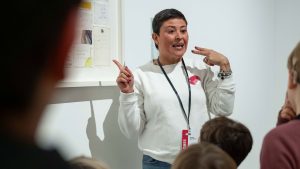
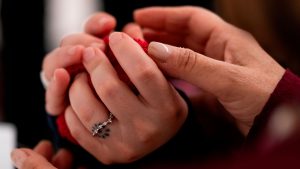


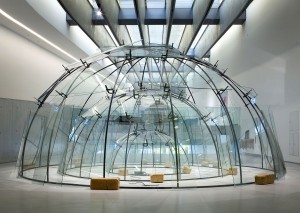
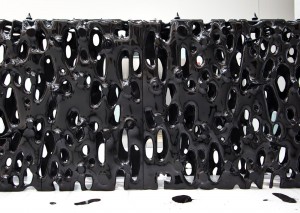
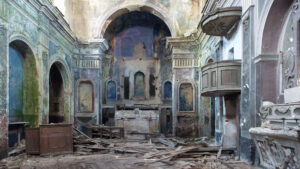

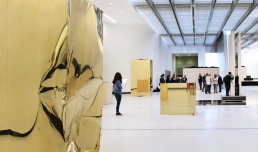
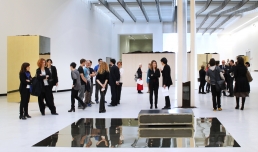
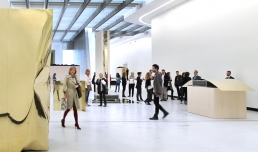
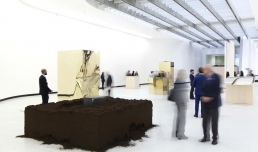
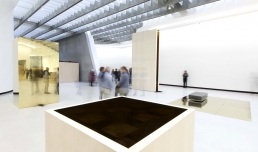
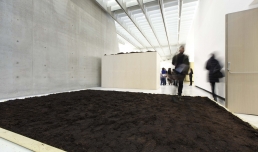
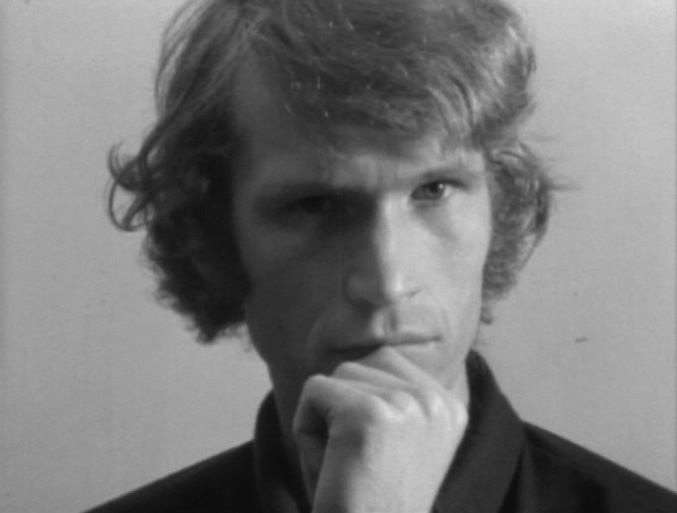
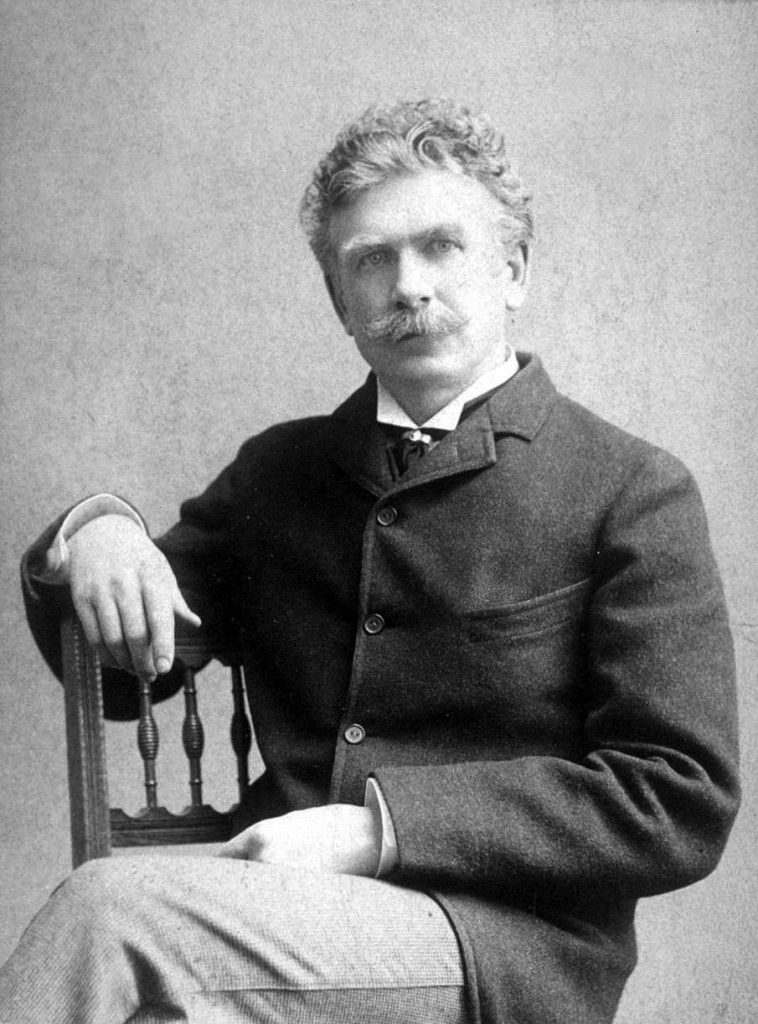
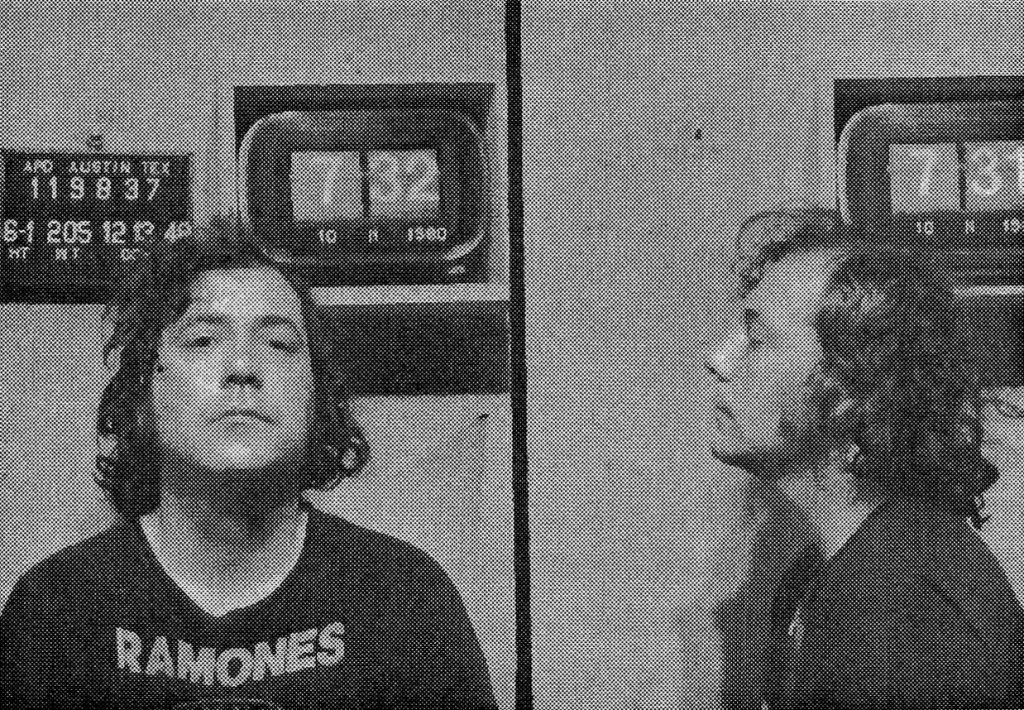
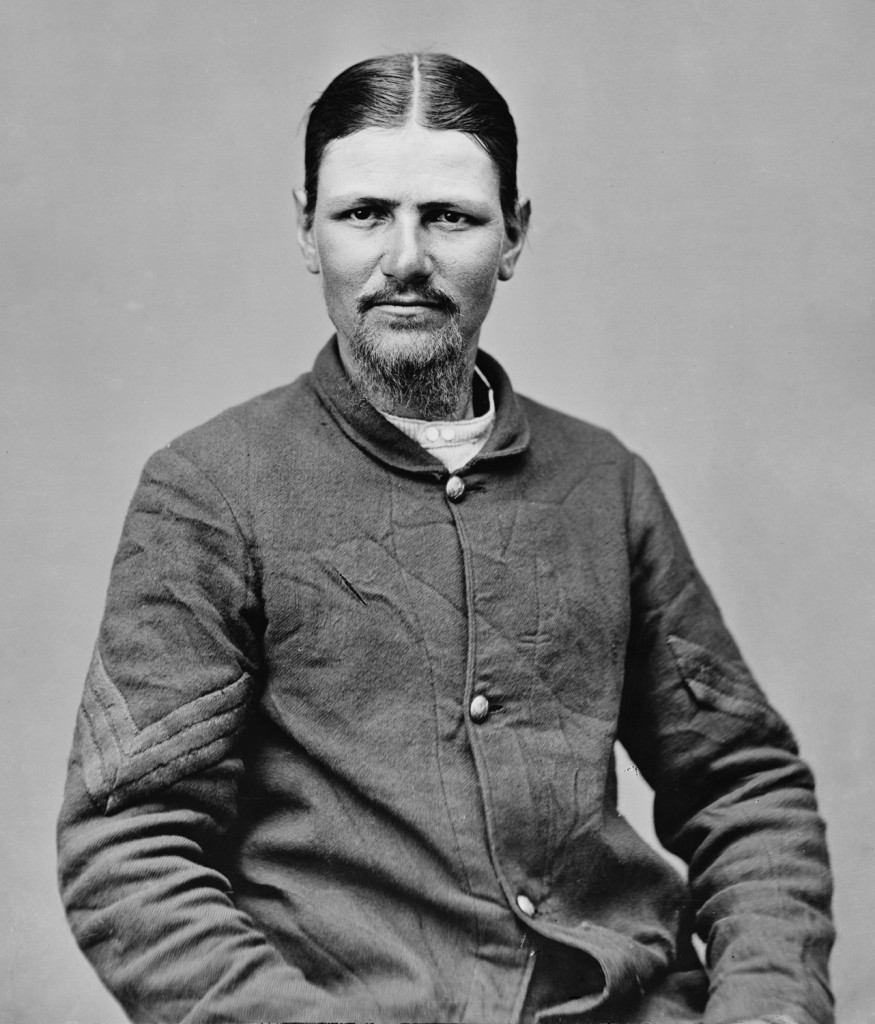
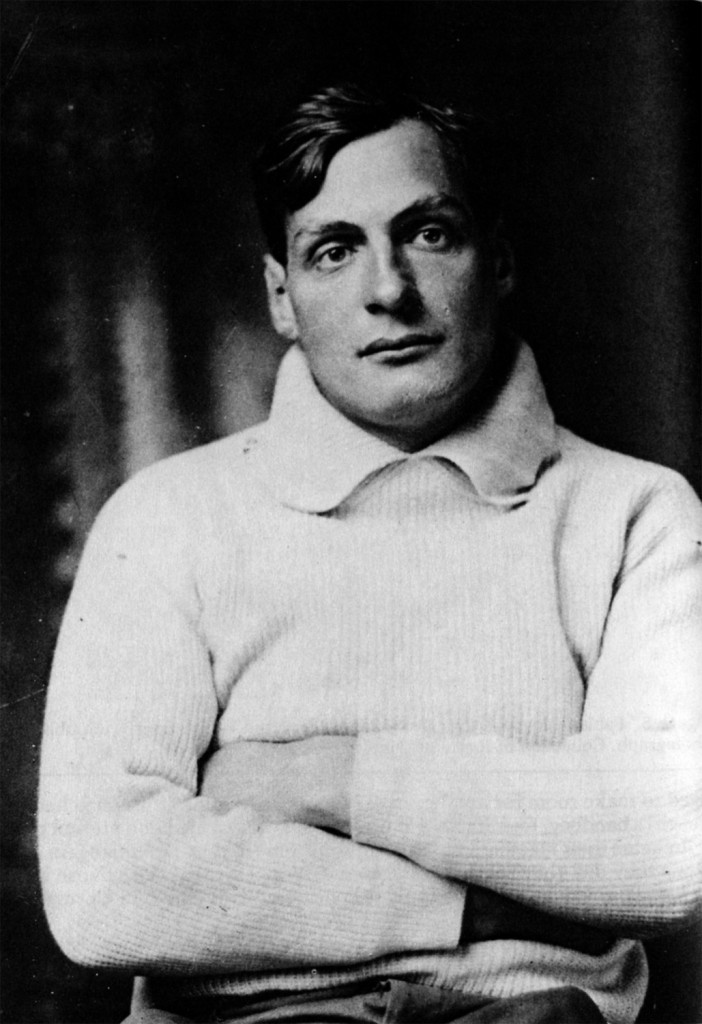
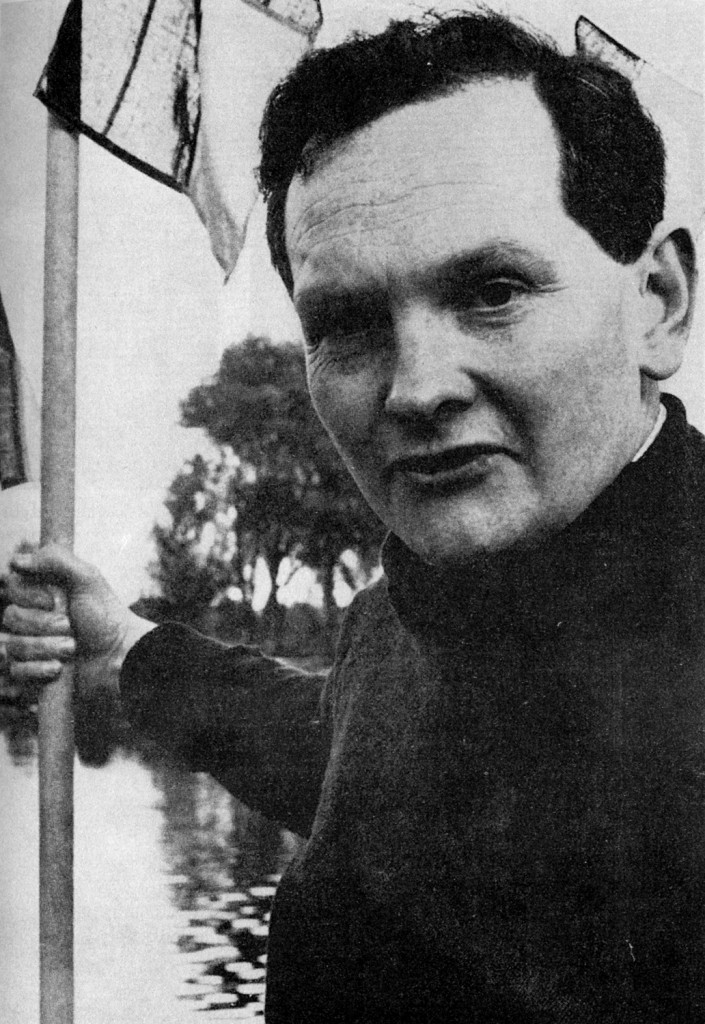
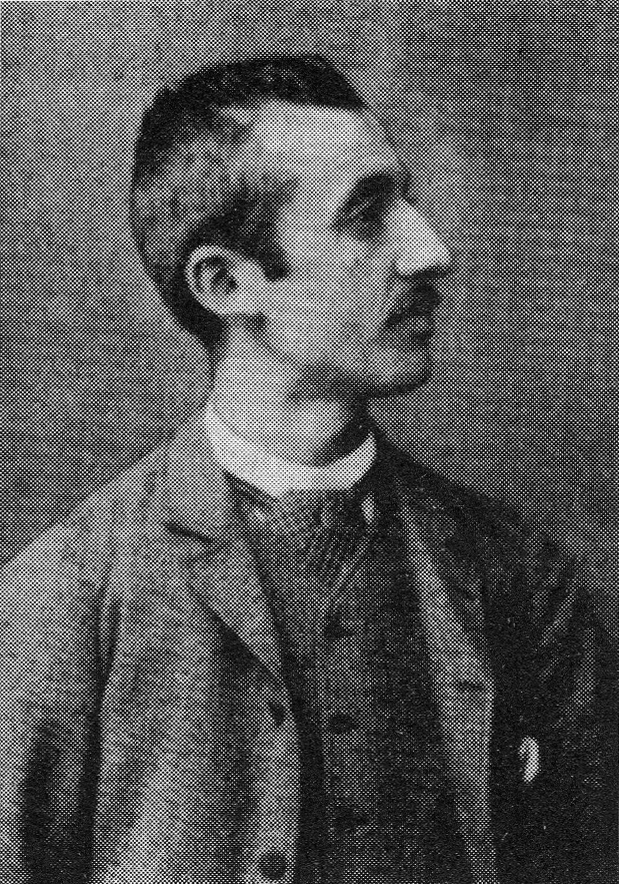
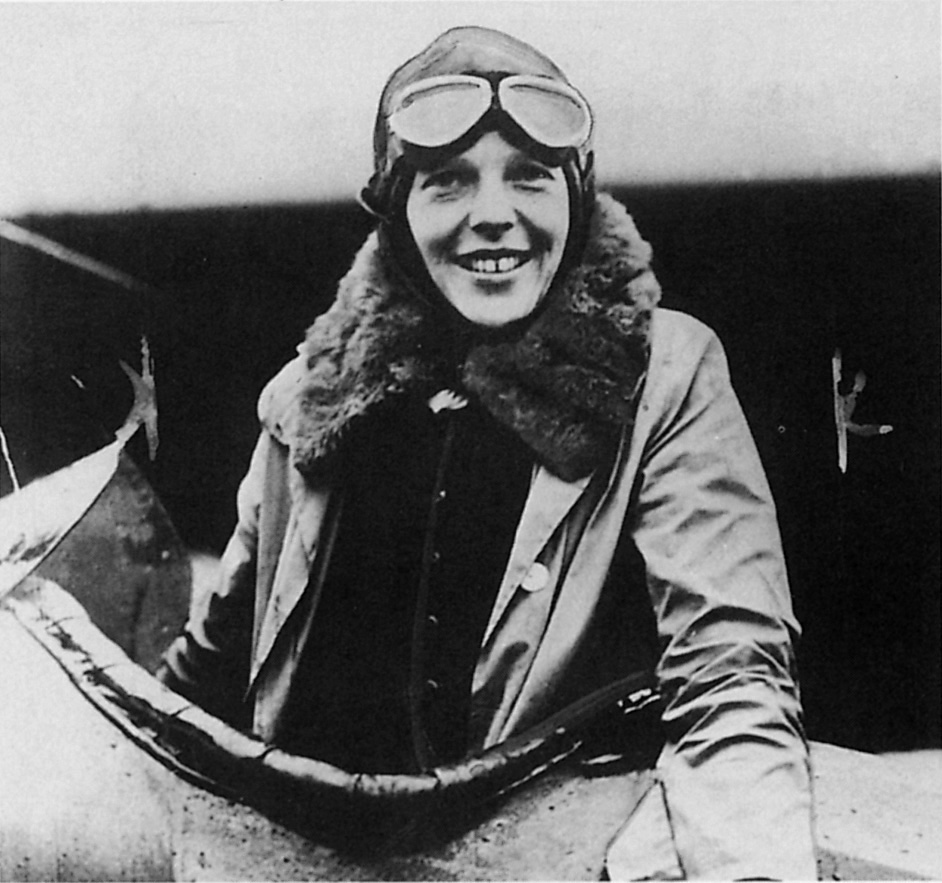
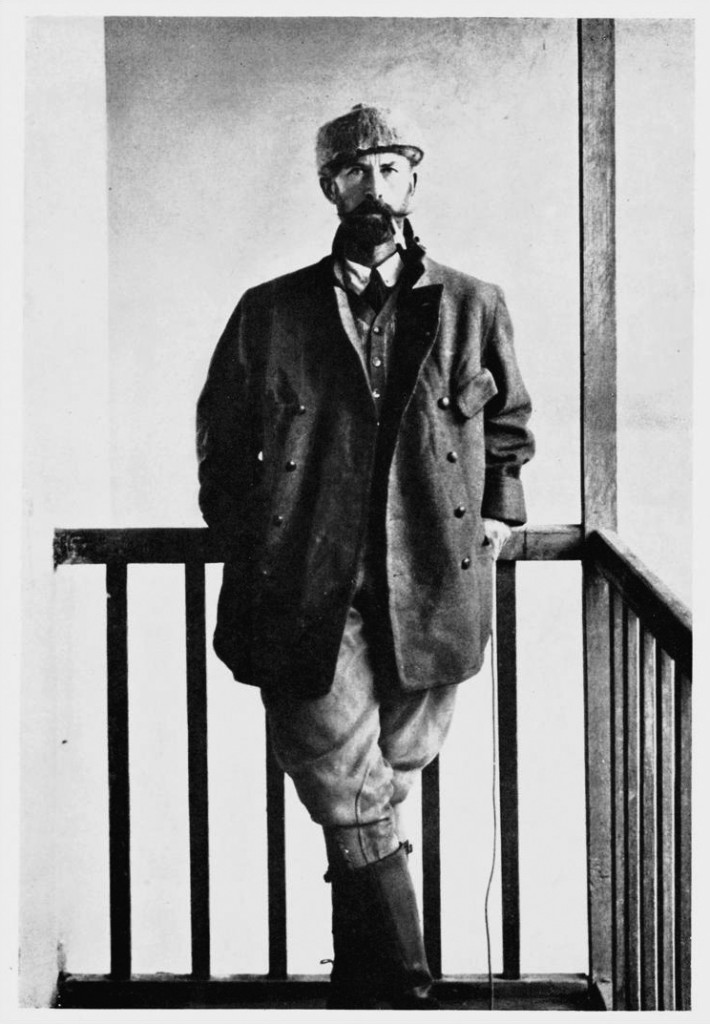
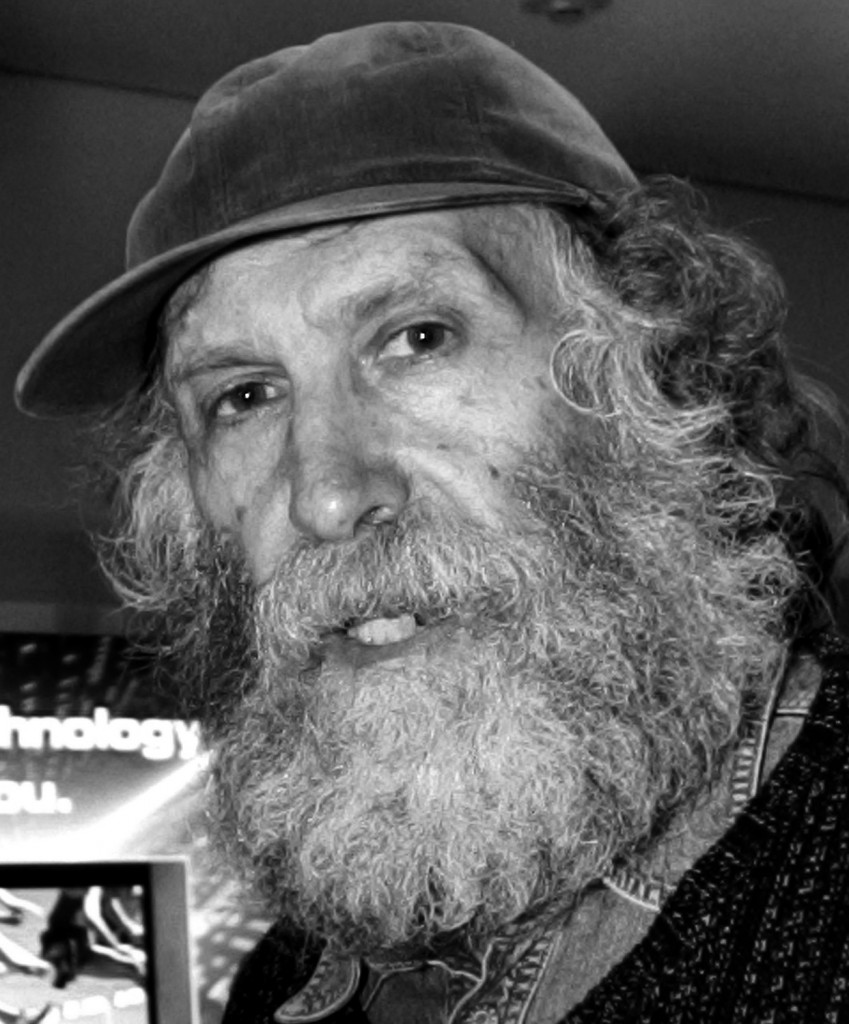
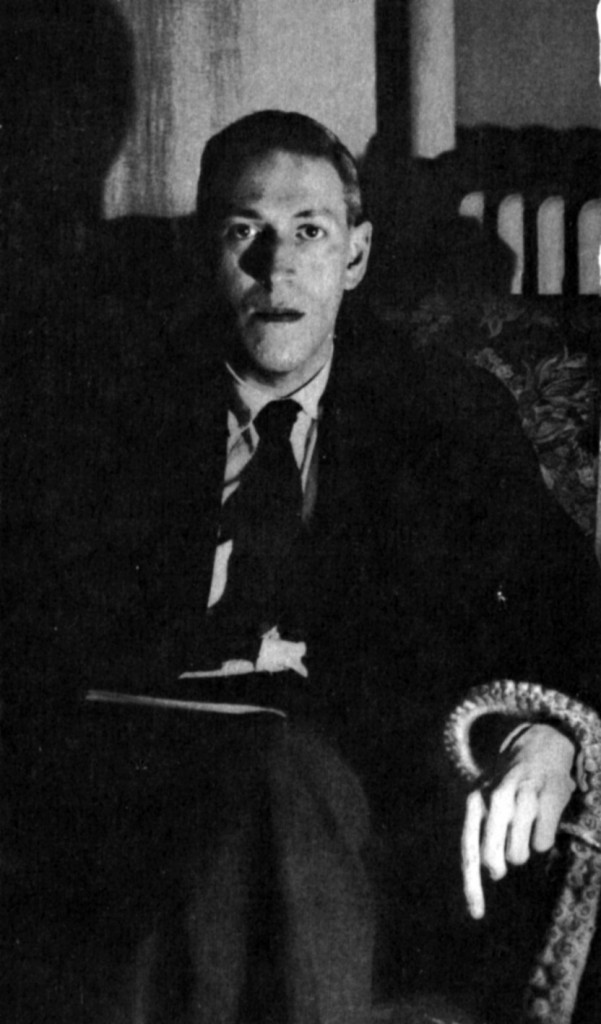
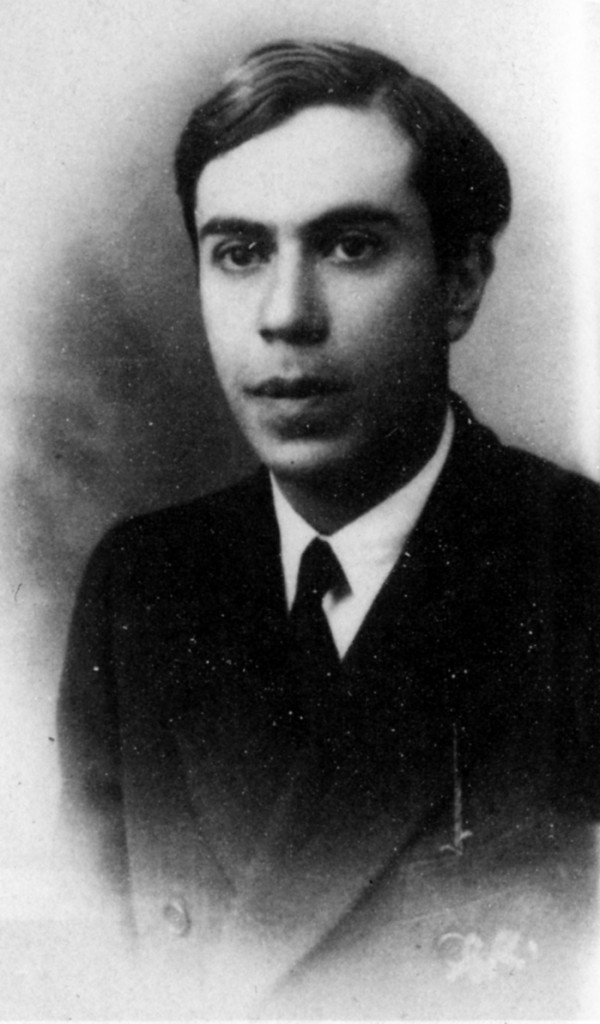
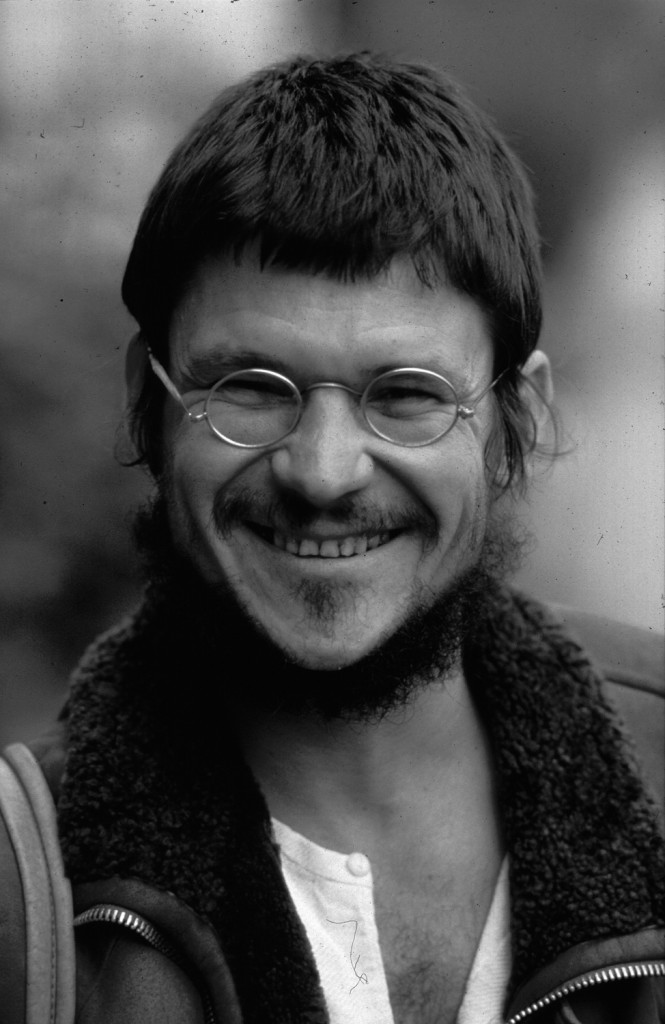
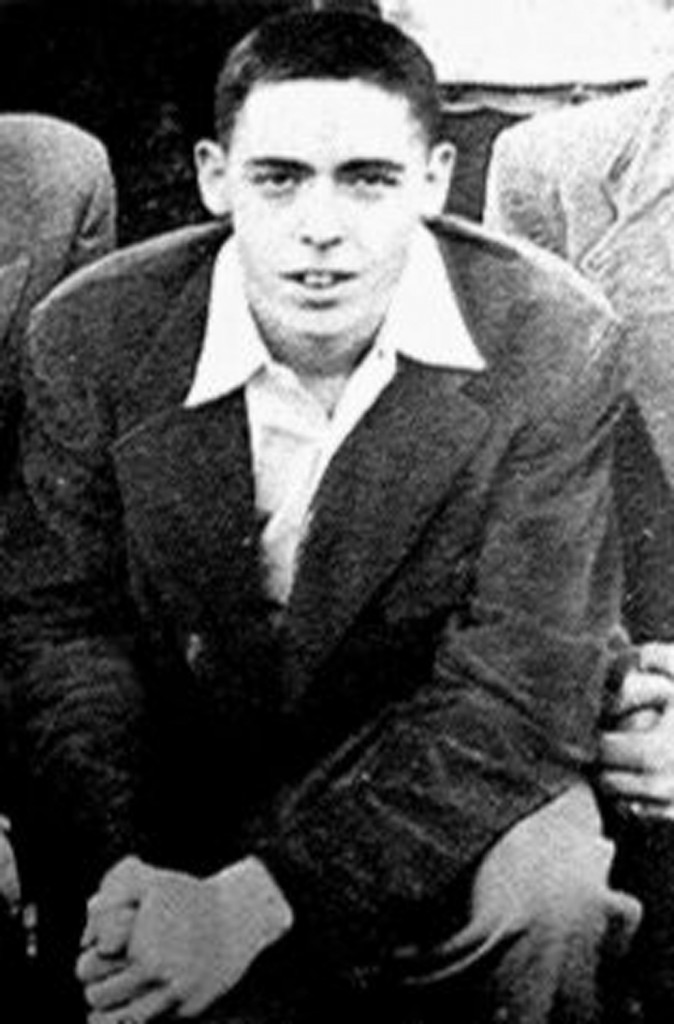
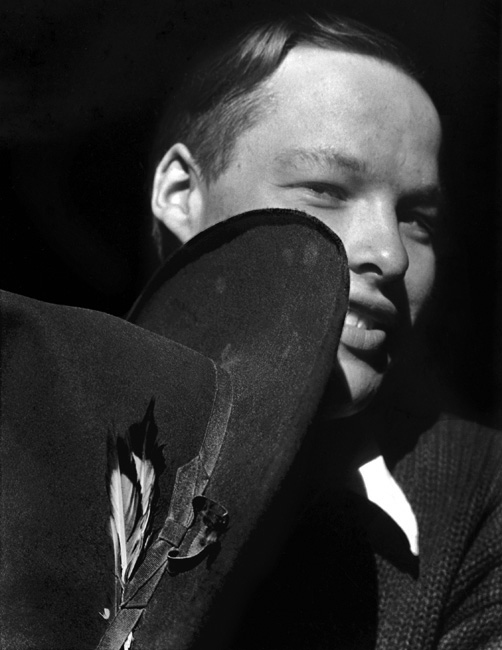
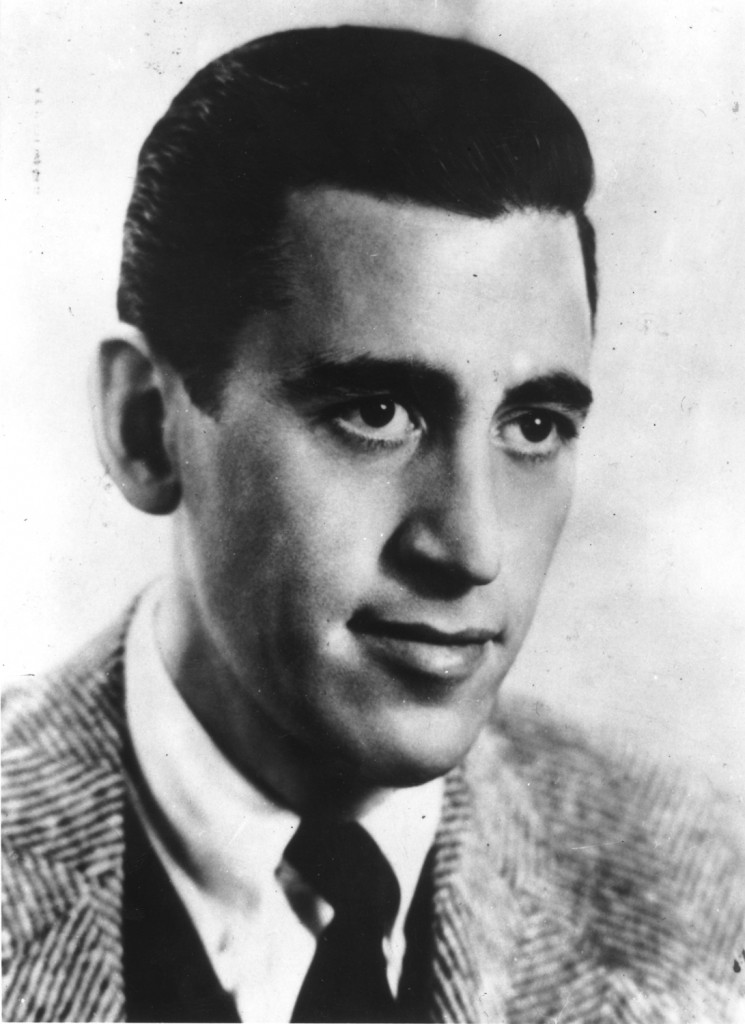
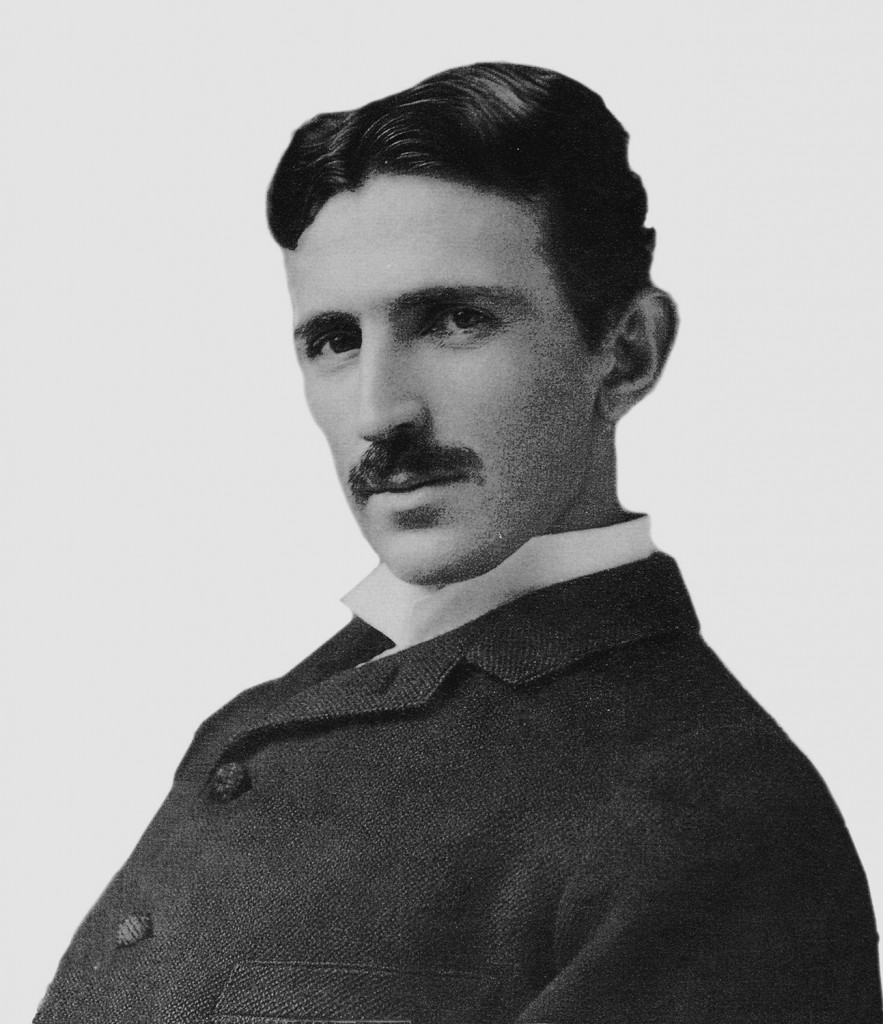
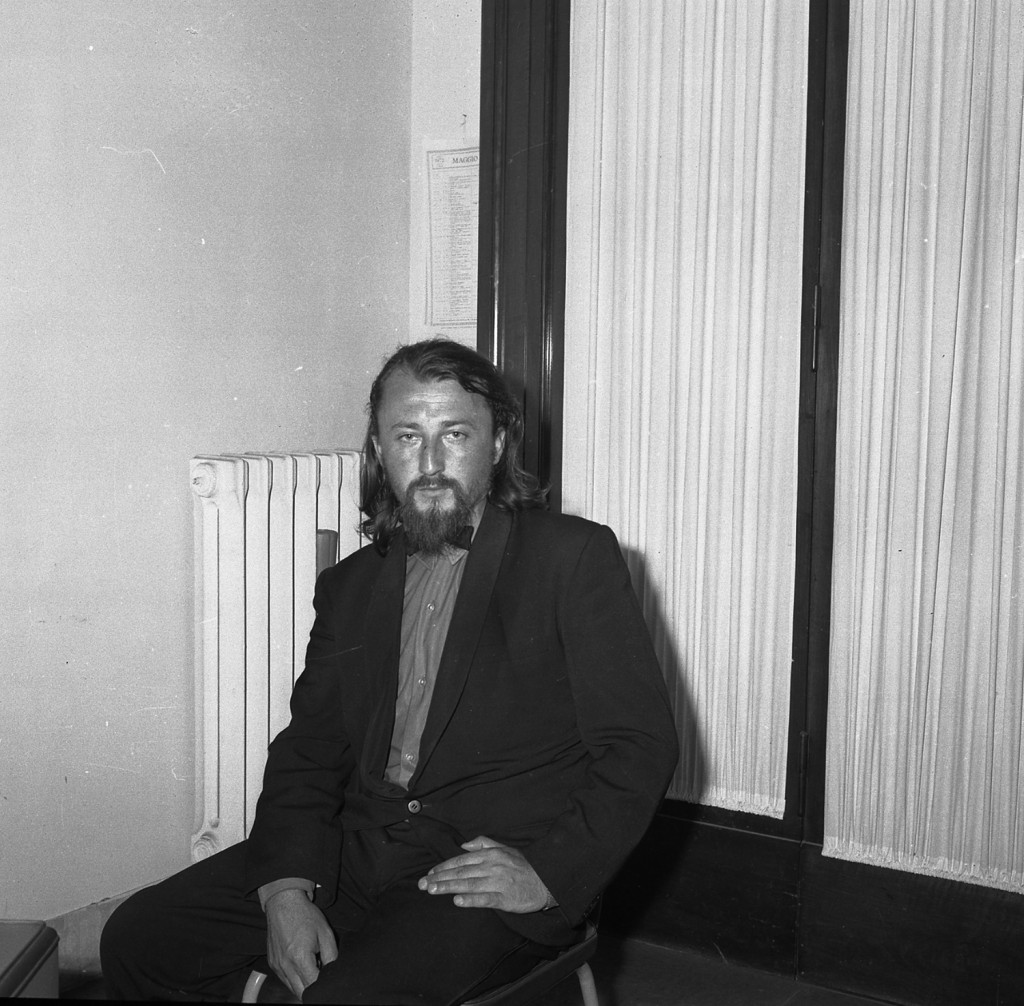

Gallery 4
The experience awaiting visitors to Good Luck
is the result of a perceptive intertwining of space,
matter, time, and events experienced or evoked,
in a mental and sensorial journey
that is destined to make its mark.
Anna Mattirolo
With Lara Favaretto’s Good Luck, MAXXI is continuing with its mission to promote the excellence of Italian artistic creativity.
Ten years have gone by since, through the Young Italian Art Prize, the first work by Lara Favaretto entered the Museum’s permanent collection, and now MAXXI is devoting an entire gallery to her latest creations, at a time when her work has become internationally acknowledged as some of the most significant of her generation.
Good Luck presents eighteen of the twenty cenotaphs created by Lara Favaretto since 2010, bringing them together for the first time.
A cenotaph is an empty tomB a funerary monument of highly symbolic value. They have been erected since antiquity to preserve the memory of the deceased, without containing their mortal remains, which may be lost or in some other place. Each one of Favaretto’s cenotaphs is dedicated to a person who has disappeared.
Erected in their memory, the cenotaphs we see in Good Luck are in the form of sculptural volumes of different shapes and sizes, consisting of a combination of surfaces in wood, brass and earth.
Hidden within these volumes, or placed next to them, buried or in contact with the earth, there are metal boxes that contain a number of objects that belonged, or are dedicated, to the disappeared.
Brought together in Rome for the Good Luck exhibition, the cenotaphs are made to be dispersed and preserved separately. Their final locations will draw a new, ideal, utopian map of places destined to the memory of the deceased.
The eighteen cenotaphs in Good Luck are dedicated to
Jean-Albert Dadas, Percy Fawcett, Amelia Mary Earhart, Arthur Cravan, Robert James “Bobby” Fischer, Donald Crowhurst, Ambrose Gwinnett Bierce, Howard Phillips Lovecraft, Nikola Tesla, Thomas P. “Boston” Corbett, Ettore Majorana, Leslie Conway “Lester” Bangs, J.D. Salinger, Bruno Manser, Everett Ruess, Bas Jan Ader, László Tóth, Thomas Ruggles Pynchon.
The exhibition has been made possible thanks to the contribution of Galleria Franco Noero
Bas Jan Ader
Ambrose Gwinnett Bierce
Leslie Conway “Lester” Bangs
Thomas P. “Boston” Corbett
Arthur Cravan
Donald Crowhurst
Jean-Albert Dadas
Amelia Mary Earhart
Percy Fawcett
Robert James “Bobby” Fischer
Howard Phillips Lovecraft
Ettore Majorana
Bruno Manser
Thomas Ruggles Pynchon Jr
Everett Ruess
Jerome David Salinger
Nikola Tesla
Làszló Tóth